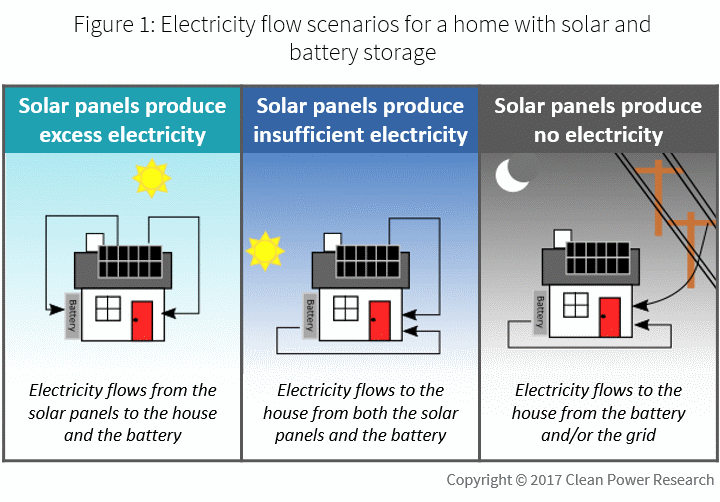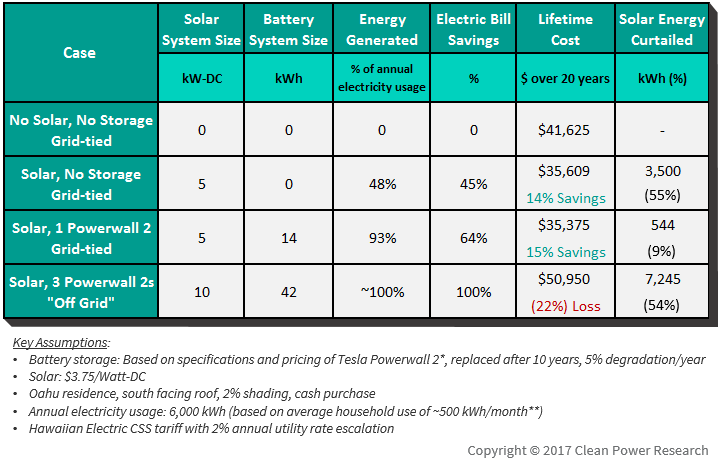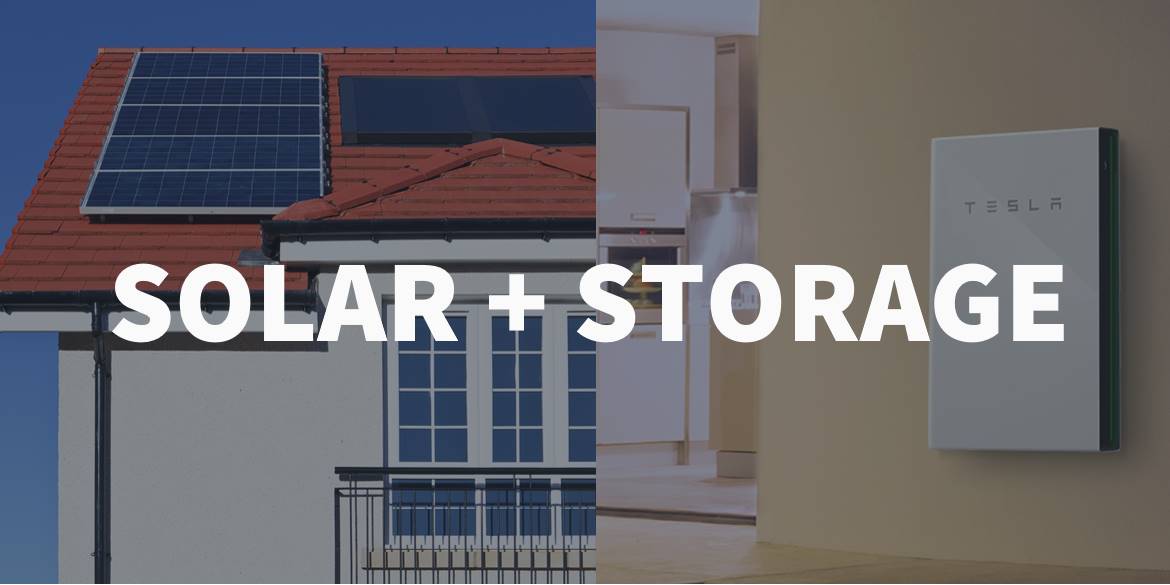As of September 2016, all three Hawaiian Electric Companies (HECO, MECO and HELCO) had reached the Public Utility Commission’s (PUC) Customer Grid-Supply program limit. Now, Hawaiians interested in installing rooftop solar will want to consider installing battery storage to offset most of the electricity they use with solar-generated energy.
Of course, including battery storage adds cost and complexity to solar systems. Now the big question is, if solar customers are expected to generate and store their own energy, do they need the grid at all?
Solar in Hawaii
Over the past ten years, participation in solar generation programs in Hawaii grew from near zero in 2006 to more than 60,000 participants by the end of 2015. This growth is largely due to Hawaii’s high electricity prices (nearly 16 cents above the national average), federal and state incentives, and Hawaiian Electric Companies’ programs that allow compensation to customers for excess electricity exported to the grid.
Since 2006, the Hawaiian Electric Companies have offered three different programs for rooftop solar customers under the direction of the PUC. The first program was a net metering (NEM) program where customers could buy and sell electricity at the same price. The NEM program was available until late 2014, when the PUC replaced it with two programs: Customer Grid-Supply (CGS) and Customer Self-Supply (CSS).
Under the CGS program, customers could still sell electricity to the grid, but at a reduced price. The Hawaiian PUC set a cap on the CGS program for each of the Hawaiian Electric Companies to ensure stability on the isolated island grids. Now that these caps have been reached, CSS is the only program available.
The Customer Self-Supply program
The CSS program does not allow customers to sell electricity back to the grid. Customers can minimize wasted solar energy by shifting evening loads to daytime, such as water heating and air conditioning, but most customers will still need battery storage to offset a significant portion of their electricity use.
The following diagram shows the electricity flow at various times during a given day for a house on the CSS tariff. The left panel illustrates a solar system generating excess electricity, with the excess electricity stored in a battery. The middle panel shows how a solar system draws from the battery when the solar system is not producing enough electricity to support the household. The right panel shows nighttime conditions when the solar system is producing no electricity, and draws power from the battery and/or the grid to meet electricity needs.

Although this is a large change in the solar program, the Hawaiian Electric Companies and the Hawaiian PUC are not trying to deter customers from adding solar. In fact, residential solar is a large part of the plan to reach the 100% renewable portfolio standard by 2045. The change to the CSS program may be coming at a good time for Hawaii: storage prices continue to decline, and companies marketing solar and storage (e.g. Tesla + SolarCity) are helping to make storage accessible and desirable to customers.
The Hawaiian Electric Companies and the PUC are encouraging customers to be more self-sufficient, but they may also need to convince customers that the grid still has value. While considering their solar + storage options, customers might consider going completely “off grid.” While this is technically plausible, most customers don’t understand how large (and how expensive) their solar + storage systems must be to provide them reliable electrical service. In most cases, going “off grid” is not economically advantageous, and solar + storage customers will realize the best economics, convenience and reliability by staying grid-tied.
Personalized solar and battery storage estimates
The Hawaiian Electric Companies are using WattPlan® to help their customers make informed decisions by understanding the costs and benefits of solar and storage on the CSS program. WattPlan delivers personalized estimates for customers so they can decide if solar and/or storage makes sense for them.
I’ve used WattPlan to look at a few different cases in Hawaii. Each case uses the same house, with the same electricity and cost assumptions. The results are shown below:

In these case studies, this customer will realize approximately equivalent lifetime savings (15% and 14%, respectively) when they install a solar system with or without storage on the CSS tariff. However, if this customer chooses to increase their solar and battery system sizes to generate and store enough electricity to go off-grid, they will experience a significant financial loss.
This is largely because the solar and battery systems need to be two to three times as large (and more expensive) to provide reliable electricity during times of low solar irradiance, such as cloudy days. Tesla recommends 1-2 Powerwall 2 systems for each day of home energy storage for a 2-3 bedroom home. In order to have grid-like reliability, I have assumed 3 Powerwall 2 systems to account for multiple days of low solar irradiance and degradation of the batteries over time.
Taking optimization a step further
I used the same load profile for each case study, and customer load was unchanged after installing solar and storage. This does not consider the fact that smart solar customers will likely shift as much consumption to daytime hours as possible to take full advantage of their solar generation. This type of load shifting can improve the economic outlook of solar and storage by reducing both the amount of curtailed solar output, and the size of battery required.
After running through a large number of solar scenarios, one thing is clear: the number of variables that can affect economic benefit and the interacting effects of those variables is staggering. Each Hawaiian Electric customer has a unique situation, and each solar plus storage estimate must be equally unique.
Using WattPlan, customers can easily tailor assumptions for their estimate and quickly compare multiple scenarios to optimize financial savings. This is possible because WattPlan takes care of the complex interactions between solar irradiance, solar system size and battery size.
Going off-grid doesn’t make sense for the vast majority of electricity consumers in Hawaii. With easy to understand, personalized results, customers can make this determination for themselves and choose the solar and storage combo that makes sense for them.
Learn how you can objectively guide customers into the best programs that meet their unique energy needs in the infographic “4 Scenarios that Demand Personalized Customer Advice.”
